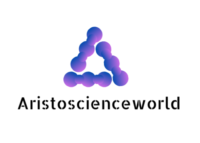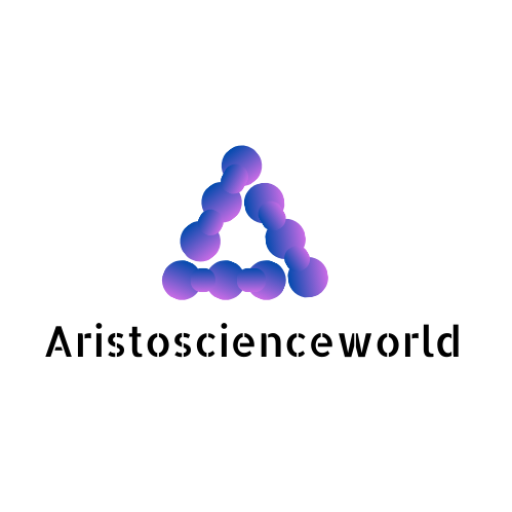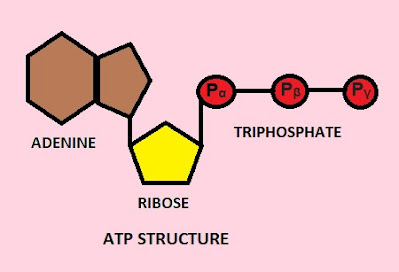Phosphorylation is a critical process for activating various enzymes, post-translational modification in protein, cell signalling and metabolism. We all know phosphorylation is the addition of a phosphate (PO4) group to a substance (protein, enzyme, Glucose and nucleotides) catalyzed by kinase enzymes. It is used for several crucial functions in the body—the process, as mentioned earlier, required phosphate group and energy. The energy-giving molecule ATP donates the phosphate as well as energy for phosphorylation. Here is a short note for what is ATP and its significance; how do ATP store and release energy? And finally, What is NADH?
ATP and its significance:
The energy-giving molecule is called Adenosine triphosphate (ATP). ATP is produced from several functions in the body like cellular respiration, metabolism and fermentation and this energy molecule is used in processes like metabolism, signal transduction and DNA synthesis. Constituents of ATP’s are adenine, ribose sugar and three phosphate groups. Usually, the gamma phosphate is cleaved during energy release. It is majorly produced from glucose metabolism. It starts from glycolysis in the cytosol to the electron transport chain (ETC) in mitochondria. Eg. In glycolysis, a total of 8 ATP (2 ATP + 2 NADH) are formed when entering the electron transport chain.
ATP- storage and release of energy:
ATP synthesis occurs in mitochondria. ATP is the reason why mitochondria are called the “powerhouse of the cell”. ATP produced is released into the cytosol to involve various metabolic reactions.
ATP basically has 3 phosphates(alpha,beta and gamma). The total negative charge of the ATP is -4: each one in alpha and beta and 2 in gamma. It is crucial to note that these charges are from closely bonded phosphates which store high repulsion energy. For easy understanding, we can consider the bonds between the phosphates as compressed springs. When springs are relaxed (bonds are broken), the high force (energy) is released because of compression (repulsion). This energy is used for phosphorylation which mediates all the biochemical and bio signalling pathways. The resulting product ADP or AMP can be converted to ATP by F0F1 ATP synthase in the inner mitochondrial membrane.
WHAT IS NADH and FADH2?
Nicotinamide adenine dinucleotide hydride (NADH) generally involves the oxidation process. It is considered an “electron carrier” for energy generation and acts as a coenzyme in our body. Coenzyme is a factor that enhances enzyme activity. The reduced form of Vitamin B3 is called NADH. It is used for the Redox reaction in metabolism, and it is one of the molecules that helps in ATP synthesis by transferring electrons into ETC. NADH is released from both glycolysis and the Krebs cycle. When it enters, 1 NADH produces 2.5 or 3 ATP. Importantly NADH is a potential free radical scavenger (antioxidant) due to its oxidation property. Another electron carrier is FADH2 (flavin adenine dinucleotide), which is produced only from the Krebs cycle. When it enters the electron transport chain, it has 1.5 ATP. Both are essential cofactors that are essential for various metabolic processes.
Discover more from Aristoscienceworld
Subscribe to get the latest posts sent to your email.



